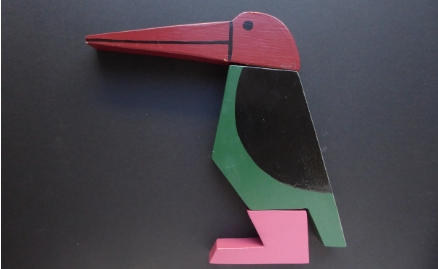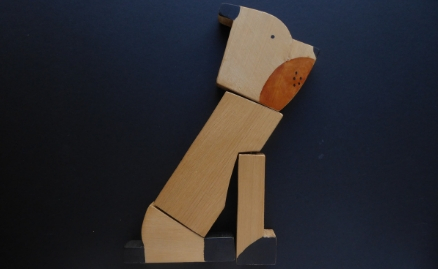
Descobreix el museu

ALADDIN TOYS. JOAQUIM TORRES GARCÍA
Toys formed an important part of the production of the Uruguayo-Catalan artist Joaquim Torres-García (1875-1949). A painter, sculptor, muralist, writer, teacher and theoretician, he was influenced by the educational theories of the pedagogues Ovide Decroly and Maria Montessori, and especially by the principles of Friedrich Fröbel on the natural development of children through activity and play.
Convinced of the educational value of toys, and having observed that the shops did not sell toys that fulfilled these functions, he decided to start producing his own designs. His toys, dismantlable and transformable and far removed from infantilising types, allowed for multiple combinations to stimulate children’s creativity and imagination. His designs evolved along with his painting. Initially, in Barcelona from 1917 to 1920, he designed toys in the line of noucentista (Art Nouveau) aesthetics, some of which later evolved towards constructivism, with solutions based on exercises of the Montessori and Decroly methods. He developed some of these toys along with his wife, the Catalan painter Manolita Piña, and they were marketed by the Sociedad del Juguete Desmontable (Dismantlable Toy Company) which he set up with Francesc Ramblà. Later on, during his New York stage, from 1920 to 1922, he designed figures (Funny People) inspired by picturesque figures of that city. In Paris, from 1926 to 1932, he designed more geometric toys. In 1924, in New York, he formed his own toy company and began large-scale production under the trade name Aladdin Toys.
This area displays a selection of the dismantlable toys designed by Joaquim Torres-García between 1917 and 1925, which are now produced in facsimile form by the Torres García Foundation of Montevideo with techniques and materials similar to the originals.












